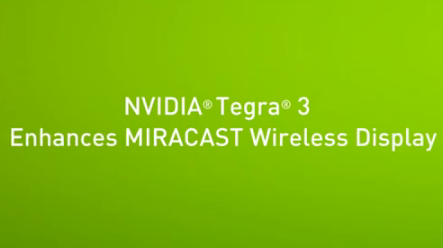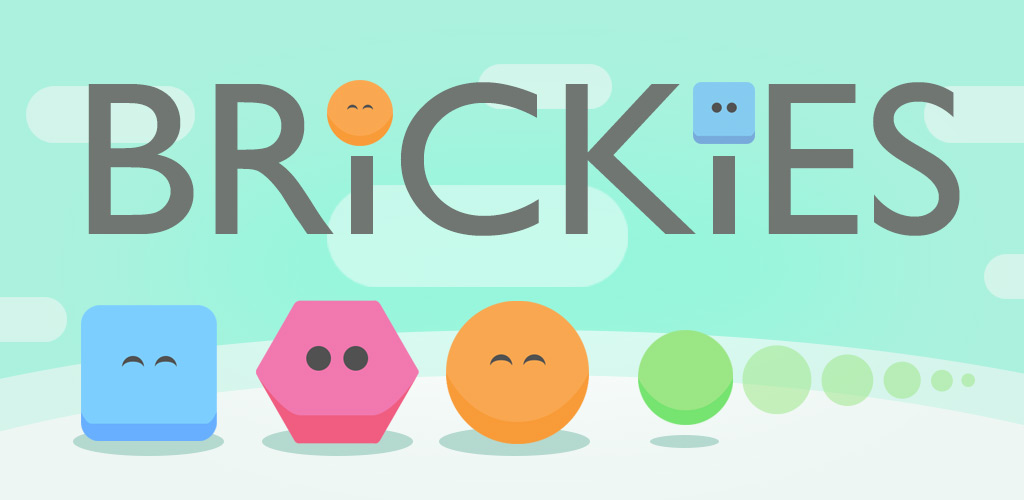
AirPlay is no longer the only player in the wireless display game and dependent on the way this new technology works, it may in fact be out classed.
Introducing  Miracast, a new WiFi-Standard forstreaming content from one display to another. This stands a pretty good chance of catching on, not just for the obvious reasons, but because it is being brought to us by the WiFi Alliance and will be a standard which anyone can apply to use. In short that means bringing a certified,  AirPlay alternative to the OEM’s across all industries in technology.
Nvidia just yesterday announced their full support for the new standard in their Tegra 3 platform. There is no word on whether this will come as an update to existing products or if it will only make its way into future products. From reading over the Nvidia Whitepaper, I see no specific hardware requirements in terms of the WiFi chip type, nor do I see anything short of a firmware update needed to include the Miracast stack into the existing Tegra 3 BSP (board support package). I could be completely wrong about this, but the information is a bit scarce and I can dream, can’t I? Another dream, though this once could be full on pipe, is that there is a chance that Tegra 2 based products could also see support. Miracast requires at a minimum support for H.264 baseline Level 3.1, which the Tegra 2 does support.
Much like AirPlay, Nvidia’s implementation of Miracast is done almost completely on the GPU side, with the CPU only being used to aid in the process. This of course allows you to continue on with business as usual on your device without noticeable slowdown.  Nvidia’s Whitepaper also claims that battery life will not be significantly affected by the process either, as listed in the following statement;
Lower Power: The CPU is tasked to assist in the multimedia processing as well as perform
tasks such as packetizing the audio/video data and multiplexing them into a single MPEG-2
transport stream. Unique to NVIDIA Tegra® is the 4-PLUS-1 architecture that offers the advantage of having a 5th
battery saver core which utilizes lower voltages thereby decreasing
power consumption exponentially. By offloading the more intensive multimedia processing to
the power efficient GPU and video decode/encode engines, the Tegra AP can completely power
The exact details of this new WiFi-Standard are expected to be release sometime in the next month (August). I would not be surprised to see other major chipsets and manufacturers named to also be supporting the new standard at that time.  Until then have a look at Nvidia’s tech demo of the product.
I am personally interest in seeing if this Miracast is capable, or the more likely roadblock, enabled to work in reverse. Imaging having an Android set-top box featuring the Miracast stack, now imagine being able to stream what ever its displaying on the TV over to your phone or tablet. Taking into account Miracast’s already implemented game control, it would not be hard to take another step and go full interface control. This would single-handedly fix the current issue with Android set-tops, in that there is no good way to control them as their UI and the overall UX is built around touch.
Then again, if this works as well as they are promising, then the need for a set-top kind of dries up, or maybe not, we will need a receiving unit attached to the TV.
You can read more about Nvidia’s Miracast on their page.









